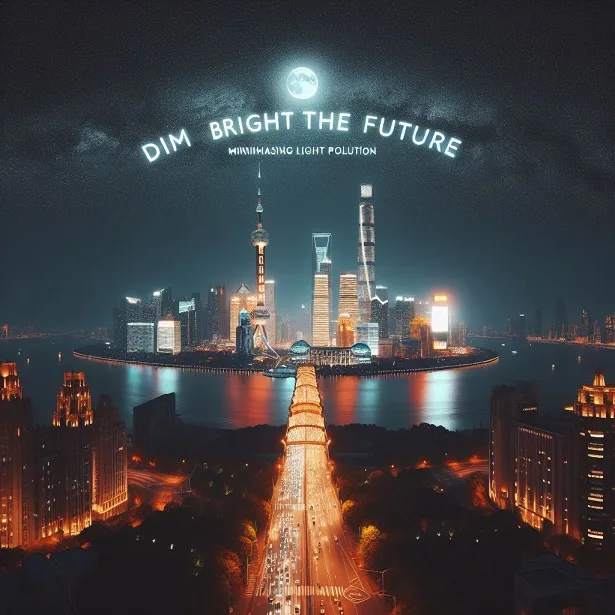
Gazing up at a city skyline at night, what do you see? More often than not, a faint starry haze instead of a breathtaking expanse. This isn’t a sign of distance, it’s the consequence of light pollution. But fear not, stargazers! By minimising light pollution, we can reclaim the night sky and its wonders.
What is Light Pollution?
Light pollution is the presence of excessive or misdirected artificial light at night. It disrupts the natural darkness and can come from various sources, including:
- Streetlamps: A necessary evil, but often brighter than needed.
- Building lights: Office buildings and commercial spaces illuminated all night.
- Billboards: Glaring displays competing for attention.
- Sports stadiums: Powerful floodlights used for night games.
- Security lights: While providing safety, they can often over-illuminate an area.
- Even our own homes: Leaving lights on unnecessarily contributes to the overall glow.
The Growing Problem of Light Pollution
The use of artificial light has been steadily increasing due to several factors:
- Urbanization: As cities expand, the demand for outdoor lighting grows.
- Security Concerns: The misconception that brighter equals safer leads to over-illumination.
- 24/7 Society: Our constant need for light disrupts the natural nighttime darkness.
Types of Light Pollution
Light pollution manifests in different ways, affecting our environment:
- Skyglow: The brightening of the night sky caused by scattered artificial light.
- Glare: Excessive brightness that creates discomfort and visual impairment.
- Light trespass: Unwanted light entering private property or buildings.
- Light clutter: A chaotic visual environment with too many competing light sources.

Minimising Light Pollution: Why it Matters
Have you ever looked up at the night sky in a city and felt a pang of disappointment at the faint glimmer of stars? This isn’t just a sign of urban sprawl, it’s a consequence of light pollution. Let’s delve into this issue, explore its various forms, and discover ways to minimise its impact.
The Impact of Light Pollution Goes Beyond Aesthetics
Light pollution has far-reaching consequences:
- Disrupted Ecosystems: Artificial light disrupts the natural light cycles of plants and animals, impacting migration, reproduction, and feeding patterns.
- Human Health: Exposure to blue light at night suppresses melatonin production, leading to sleep problems and potentially increasing the risk of certain health conditions.
- Energy Waste: Inefficient lighting is a waste of energy and money.
Combating Light Pollution: How We Can Make a Difference
The good news is that we can minimise light pollution through individual and collective action:
- Individual Actions: Use shielded lights outdoors, turn off unnecessary lights at night, and advocate for dark sky initiatives in your community.
- Community Efforts: Encourage local governments to adopt ordinances promoting responsible outdoor lighting.
- Technological Advancements: Support research on energy-efficient lighting solutions and smart lighting systems that adjust based on need.
By minimising light pollution, we can create a future where we can enjoy the beauty of the night sky, protect our health and ecosystems, and save energy. Let’s dim the lights and brighten the future, together!
